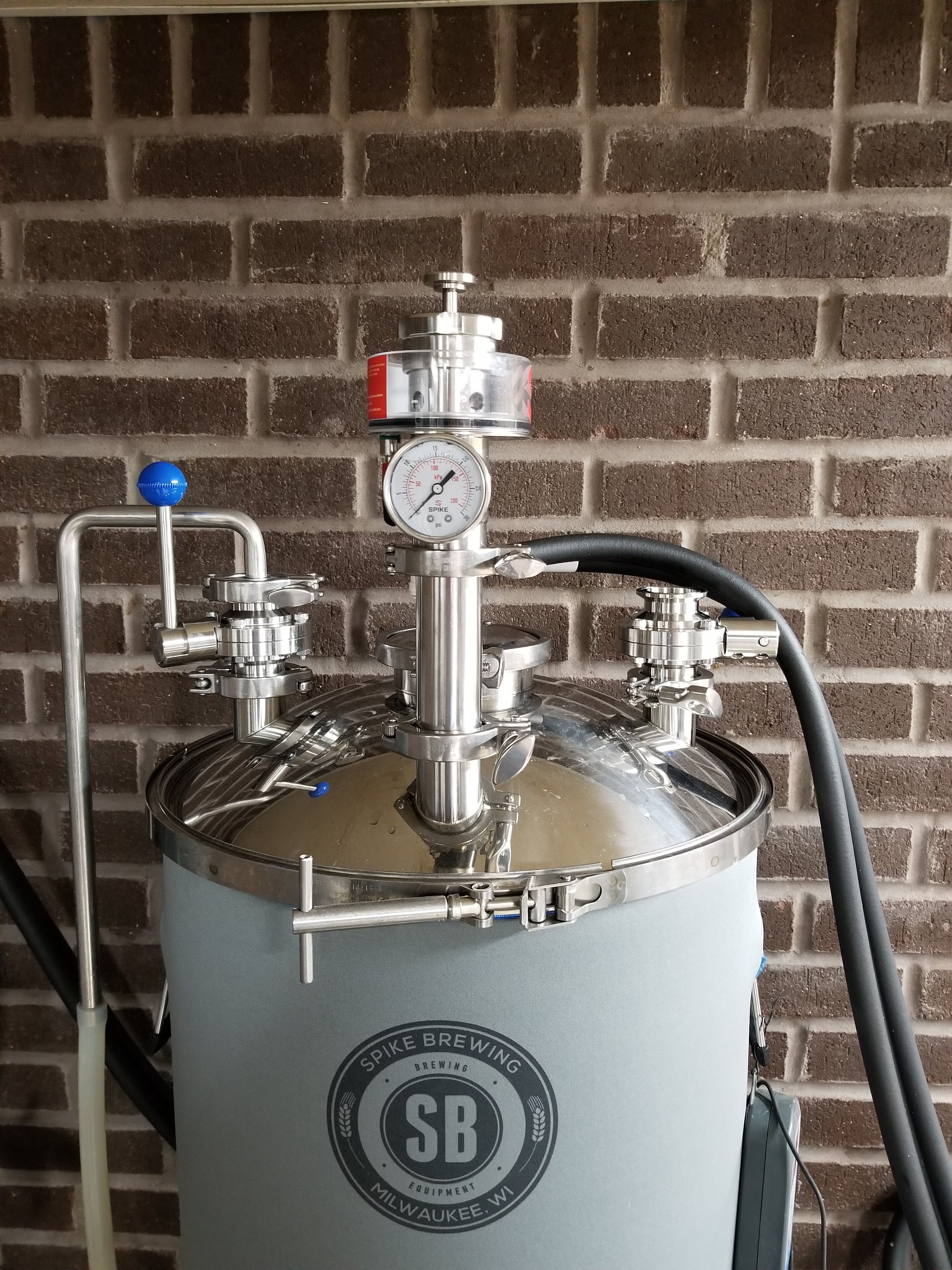If you can get an oxygen free dry hopper I think you will find good results letting fermentation finish and then dumping yeast more or less completely before dry hopping.
When I started with the Spike I found an awful lot of hop pellets getting lodged in the piping. Dumping the yeast may actually make this worse as the pellets drop straight into the plumbing instead of yeast filling the plumbing and the hops sitting on the yeast. They fall in, swell enough to form a solid mass, and then never actually disintegrate. Sort of like what you get putting too many pellets into a hop bag. I mentioned above good experience bubbling CO2 in from the bottom a couple hours after adding the dry hops using this adapter from brewhardware:
https://www.brewhardware.com/product_p/tc2blg.htm
I'm testing
@k-daddy 's recirculator and was really happy with first batch made that way. Second batch will be kegged this weekend for further evaluation.





















![Craft A Brew - Safale BE-256 Yeast - Fermentis - Belgian Ale Dry Yeast - For Belgian & Strong Ales - Ingredients for Home Brewing - Beer Making Supplies - [3 Pack]](https://m.media-amazon.com/images/I/51bcKEwQmWL._SL500_.jpg)



























